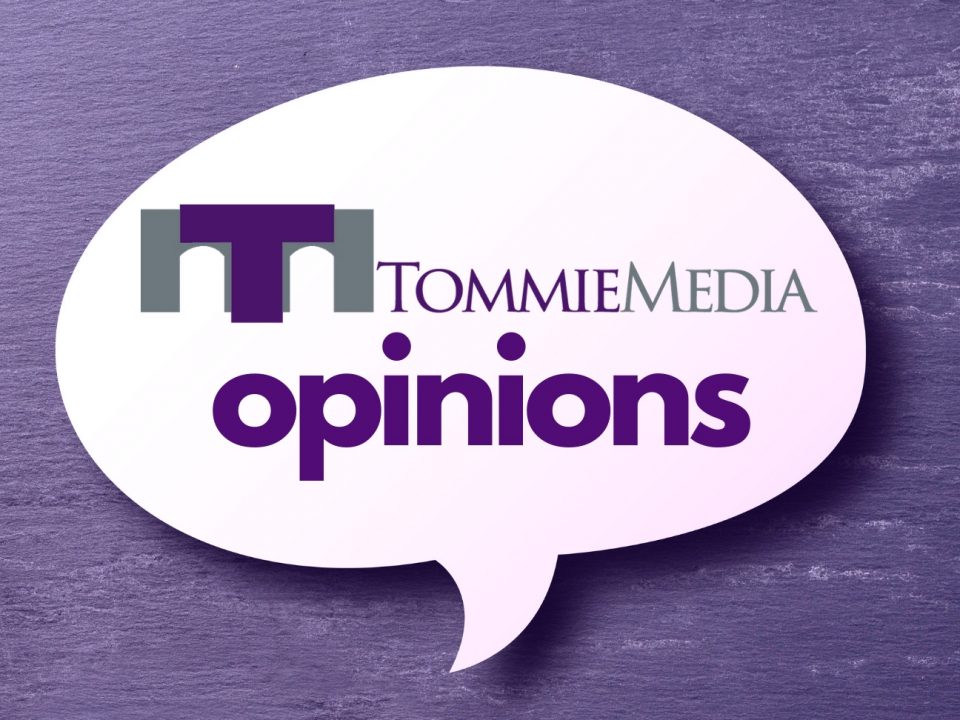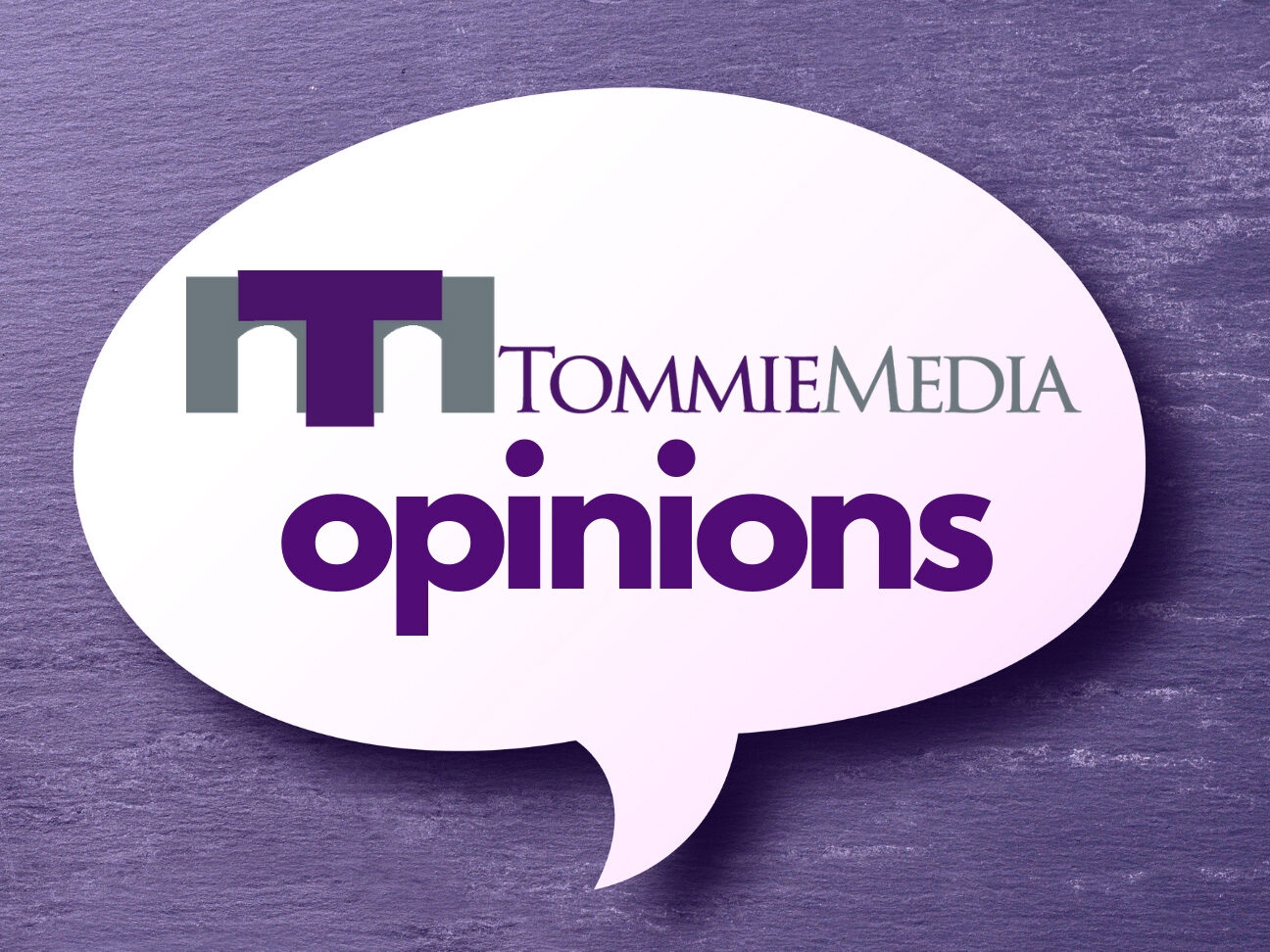
Simply put, fake news is false or misleading information.
Whether you heard it from former President Donald Trump’s coining of the term to describe negative press of himself or you saw it on social media, it’s everywhere. It becomes especially prominent during times of division among Americans, like during election cycles. With the reappearance of fake news due to the COVID-19 pandemic and the recent election, who keeps posting fake news?
Turns out there are troll farms, or businesses rather, that consist of writers who intentionally publish harmful social media posts in order to cause social division and/or spread propaganda. These troll farms have been found in Albania, the Philippines, and most importantly, Russia.
In 2014, a Finnish journalist, Jessika Aro, started investigating a “troll farm” named Internet Research Agency (IRA) located in St. Petersburg, Russia. Aro interviewed those who were connected to the IRA and released an article about what she uncovered. It was titled, “Yle Kioski Traces the Origins of Russian Social Media Propaganda – Never-before-seen Material from the Troll Factory.” In summary, the IRA hires copywriters and editors to manage social media accounts and spread fake news, whether it be locally or worldwide. One of the recruiters that Aro interviewed said that they primarily work in English.
This connects to how the IRA influenced the 2016 United States presidential election.
Headlines such as “Pope Francis endorses Donald Trump” or “ISIS leader calls for American Muslim voters to support Hillary Clinton” were posted on the internet and social media, both regarding controversial and divisive subjects. The fake news was posted to cause strife among Americans during a tense time.
Over-the-top headlines such as those previously listed are easy examples of fake news to spot. However, with Trump’s use of the term to discredit news organizations’ negative press of him, the fine line between news and fake news became distorted.
Trump uses the term “fake news” wrong, but his point isn’t far off the beaten path. He wanted to call out news organizations for leaning toward a certain political party, more specifically for seemingly being against him. News organizations such as The New York Times do lean more left and Fox News does lean more right, but is it fake news?
No. Or at least I am 99.9% sure that it isn’t. Established organizations such as The New York Times, CNN and Fox News earned their credibility. They gain nothing from spreading false information. Is it really worth it to get a few more clicks at the risk of destroying the credibility that these outlets built over the course of decades? Popular, widely used news sources can be trusted, but don’t take their info at face value either. Make sure to always think rationally and critically when it comes to receiving news and/or information.
What is being done to make fake news irrelevant?
Social media giants like Facebook and Instagram have taken stands against the spread of misinformation, with Facebook taking many initiatives and Instagram adding a third-party fact-checking program into their framework. More is needed to completely eradicate fake news, though. More laws can be implemented against it and more people can be informed of the dangers of fake news.
Now, fake news about the vaccine and the recent election has become viral. During trying times such as these, we shouldn’t have to be bothered with fake news. There are other problems that we have going on. Even though the majority of people don’t share fake news, there are those who fall victim to it, so spreading awareness about fake news and the harms that come with it is still important, no matter how contradictory the phrase “spreading awareness about fake news” may sound.
Logan Sriharatsa can be reached at srih1201@stthomas.edu.

